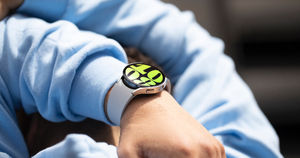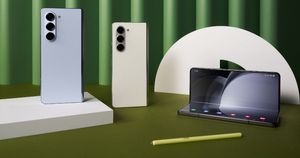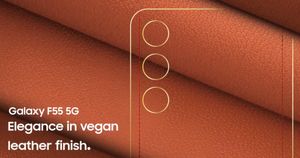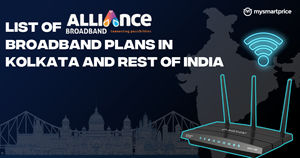
How did it all start? The year is 2019. I stand like a wide-eyed teenager in the middle of the Gran Fira auditorium at Mobile World Congress, Barcelona, to get my hands on a technology that’s so exclusive, only a few thousand people have ever witnessed it in person. After an hour-and-a-half-long keynote, there it was… the Samsung Galaxy Fold. I couldn’t help but gawk at the striking contrast between the fluttering butterfly wings on its flexible display and the glass cage it was locked inside.
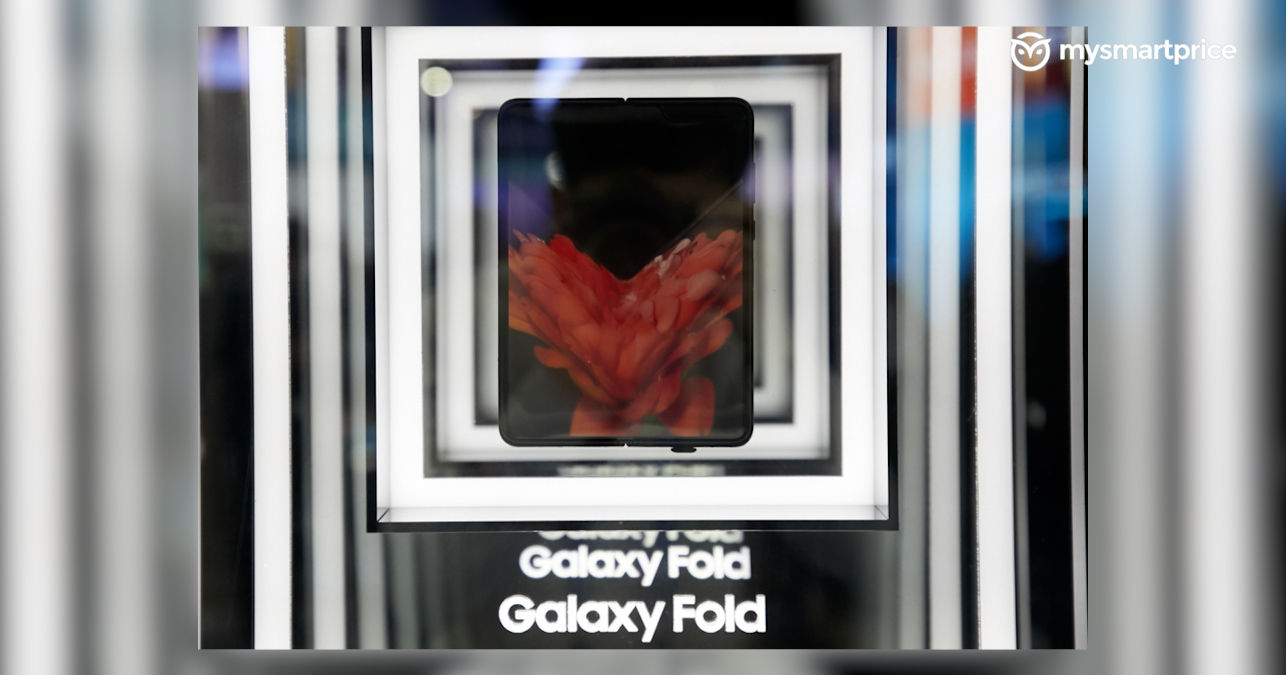
Was it Samsung’s way of showing the Fold’s exclusivity by keeping it out of reach from the general public? I still can’t say for sure, but I did feel this strange sense of discomfort, a feeling that was equal parts aspiration and equal parts inadequacy.
I made up my mind that evening – I will make so much money one day that I’ll buy a foldable instead of reviewing it. Who cares if it’s impractical? When I buy it, it’ll turn heads, and I am going to love it.
I’m sure that feeling of aspiring to own a foldable is something that many people feel when they see the billboard of the latest foldables in only the high-profile areas of their city, like an airport or a six-lane expressway. But, that dream of owning a foldable is now getting closer and closer every day because this seemingly impractical technology is scaling up more and more by the day.
Foldables are steadily becoming mainstream

Gone are the days when you’d have to slide the mortgage on your house to the number two spot in your monthly planner to buy a foldable – the Moto Razr 40 now starts at the price of a base iPhone!

The numbers speak for themselves. In India alone, foldables are set to sell as many as 635,000 units, contributing to 1.8% of overall smartphone sales (according to TechArc).
Four years and several ups and downs later, I believe Samsung’s foldables have come a long way. It has gracefully brushed away some bad PR associated with the Galaxy Fold’s durability and turned it into a relatively sturdy phone.
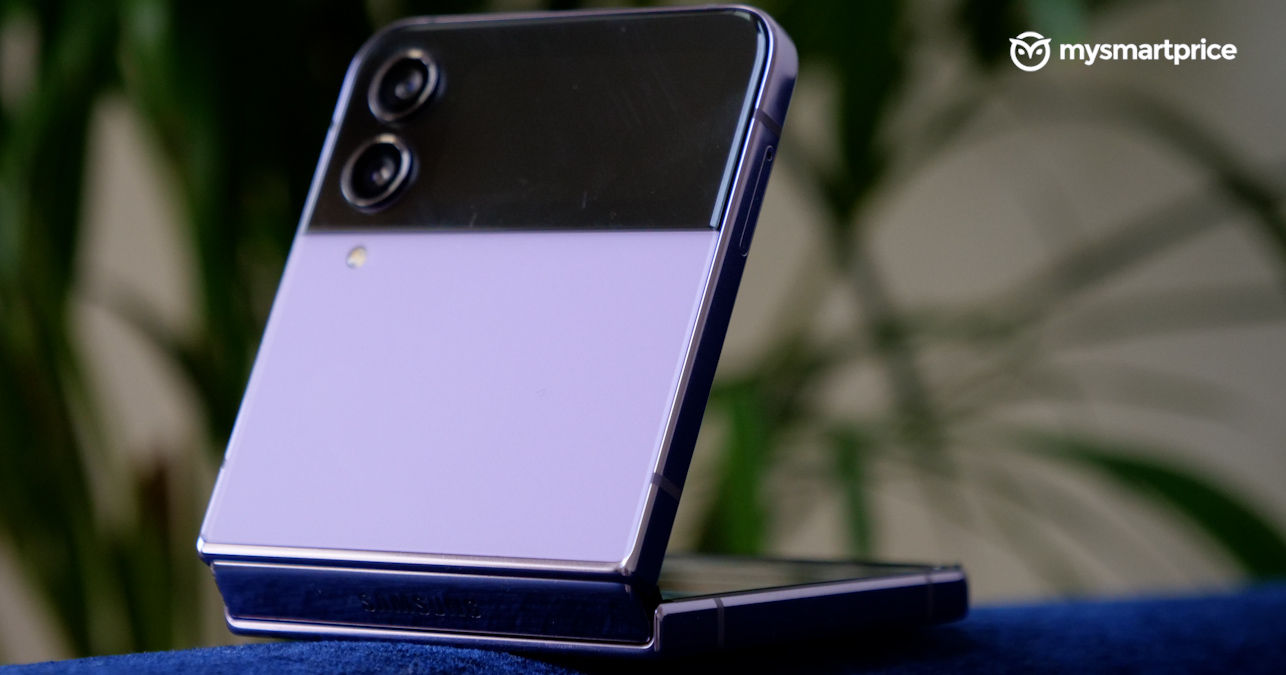
Also, because it’s the only company that’s been making a full-sized foldable, Samsung has somewhat mastered the art of crafting a functional UI that tries to plug the little holes in the Android ecosystem. These are little conveniences you only understand when you start using a foldable and then move to a conventional smartphone.
Flex Mode is an excellent example of this. I have only been reviewing non-folding glass slabs lately, so I have to look for a surface to rest my phone on while watching videos during lunch. I sorely miss the Z Flip 4 (review) because it can balance itself on its own.
Video pre-production can get messy, especially while conceptualising and explaining creative ideas to others. The Fold 4 (review) had a nice, big folding display on which I could multitask and research stuff and then draw out a concept or play a reference video so that my teammates and I could be on the same page.

These may seem like ‘niche’ instances of coming up with solutions for problems that don’t exist. Sure, you could go on just fine without a foldable, but when you try out these ‘luxuries’, you don’t want to go back. Maybe you don’t make videos, but you may end up liking the small form factor of the Flip – who knows?
It’s almost like using a heated toilet seat with a bidet on a winter morning once in your life – it’s the definition of excess, but once you use it, there’s no going back to your dull life. You only sneer at it if you don’t try it.
Moto’s Razr is an example of a near-stock foldable experience. It’s got the street cred for being the first commercially viable foldable flip, except it’s been a bit too vanilla at times. Except for the latest-gen Razrs, the previous iterations didn’t really do much to justify the foldable form factor. Sure, the secondary display could wink at me and show me notifications and the viewfinder, but that’s pretty much it. The only real thing that made me wow was the OG Razr theme, but that was just a one-off trick that got boring soon.
Do foldables come with compromises?
Moving on from my perspective, several concerns plague the mind of an average desi about a foldable:
What’s the point of buying a foldable? Androids are just not optimised for such toys!
Pffft, I’m not willing to sacrifice battery life for a stupid style statement!
One dunk in water or sand, and that thing is going to be an overpriced, overqualified paperweight.
Sadly, as the market currently stands, there’s not a ‘one-size-fits-all’ solution that caters to all of these issues, but there’s some reasonable headway made here. Still, for once, I would like to respond to these issues in my own capacity now that I’ve established that I’m on Team Foldables.
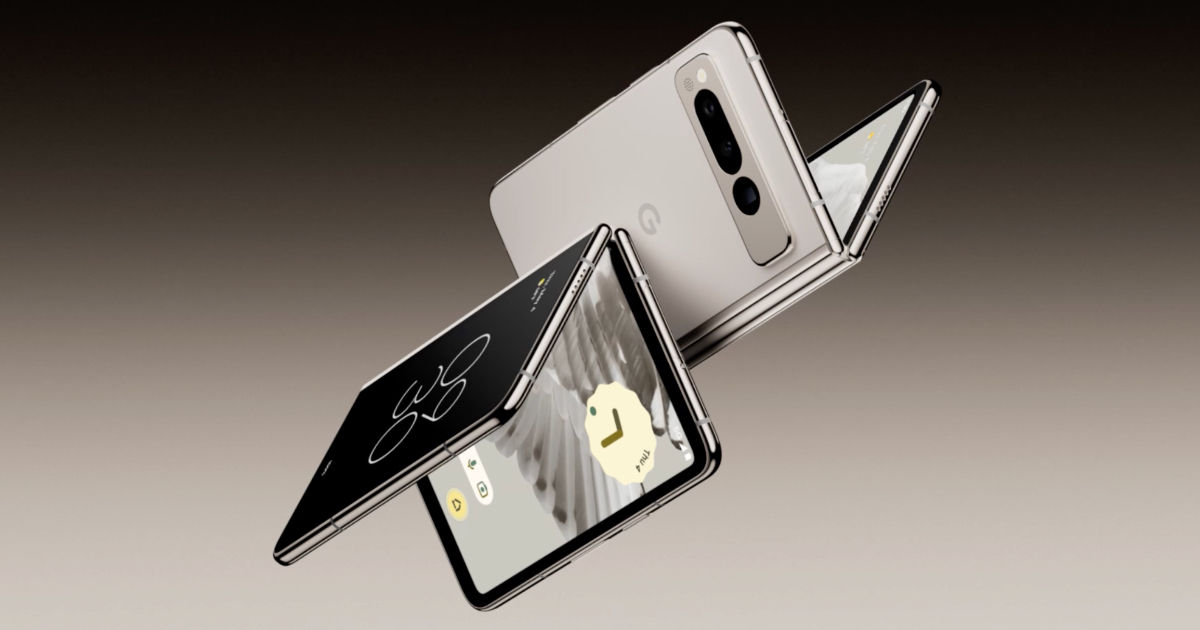
For one, Google has started making its own foldable, the Pixel Fold. Facing the challenges of foldables first-hand will definitely force Google to start optimising Android, in general, for all foldables. Here’s what I wish upcoming foldables could do to make my experience as a long-term user even better:
- First-person shooter games can easily take advantage of full-fledged foldables. The bottom half of the display could be reserved just for the controller, and the top half could show the game in full glory, and all this could be baked into Android’s Game Mode utility.
- Built-in Android support for external displays of flip phones would be swell! Samsung, OPPO and Moto have their own custom interfaces for secondary displays, and while they are alright, a stock Android interface could standardise them and possibly liberate them from limitations by providing a real third-party playing field for developers, much like WearOS.
Then, foldables have to be slim so as to not be a pain in your posterior to carry them around. As a result, they will always pack smaller battery capacities than conventional phones – we can’t change this unless there are some serious innovations in solid-state batteries. But, to mitigate some of the range anxiety, companies can improve charging speeds.
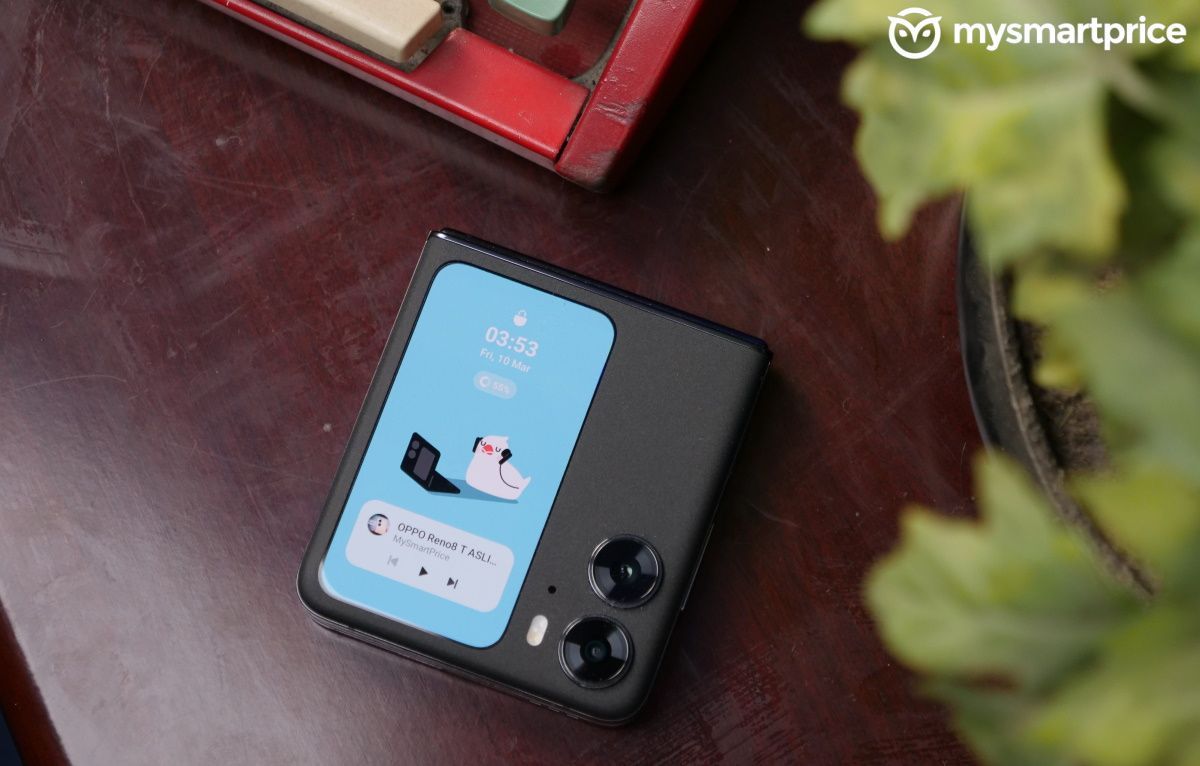
I have personally tried out the OPPO Find N2 Flip, and its 44W SUPERVOOC charging is something that I absolutely loved. Fast charging is a basic hygiene feature for nearly all Chinese phone makers (not Korean, sadly), so I expect this to stick around. I hope Samsung listens to us reviewers and includes a faster charging option in the Flip as well, the Fold’s already got 45W support.
Foldables have gotten more durable, too. In fact, the fragile perception of foldables will change very, very soon. Since their third generation, Samsung’s Fold and Flip line-up has an IPX8 rating, so theoretically, a dip or even dunk in water is not an issue.
My time with Samsung Galaxy Z Flip 4
Practically speaking, I took the Z Flip 4 to Goa in November last year. Most of my time was spent gallivanting around on the serene beaches of my motherland, and I have to say the Flip held up much, much better than I expected it to. I even took some shots inside the seawater, and the only real ‘damage’ I saw was the plastic protector starting to come out from the crease of the phone. Seawater also has sand, but to my surprise, it didn’t introduce any creaking sounds either!
 If this was a first-generation foldable, I would have been handing in my resignation to HR, as we take our review units very seriously.
If this was a first-generation foldable, I would have been handing in my resignation to HR, as we take our review units very seriously.
But the protector is a ‘protector’ in its truest sense. In fact, its first replacement is guaranteed to be free by Samsung.
The Moto Razr 40 Ultra takes durability a bit further and offers an IP52 rating, with better dust resistance than the Flip. I haven’t tried it out long-term yet, but I’m hoping to get it soon. So, do wait for our review of the same.
I wouldn’t worry too much about obsolescence, either. We are reaching the tipping point of Moore’s law, where squeezing in more transistors within the same space isn’t going to help with performance too much. The next-gen top-end Qualcomm chips are going to mess around with the same 4nm process node but will increase the number of performance cores. For the next couple of years, the ball will be in the court of optimisation, not pushing the boundaries of performance. You can expect a 2023 flagship foldable to be relevant till at least 2025 – it’s both powerful and power efficient.
My expectations from foldables in India
Despite defending foldables for this long, I believe the average desi shouldn’t buy a foldable this year but in 2024 instead. Why, you ask?
The simple answer is price drops and options.
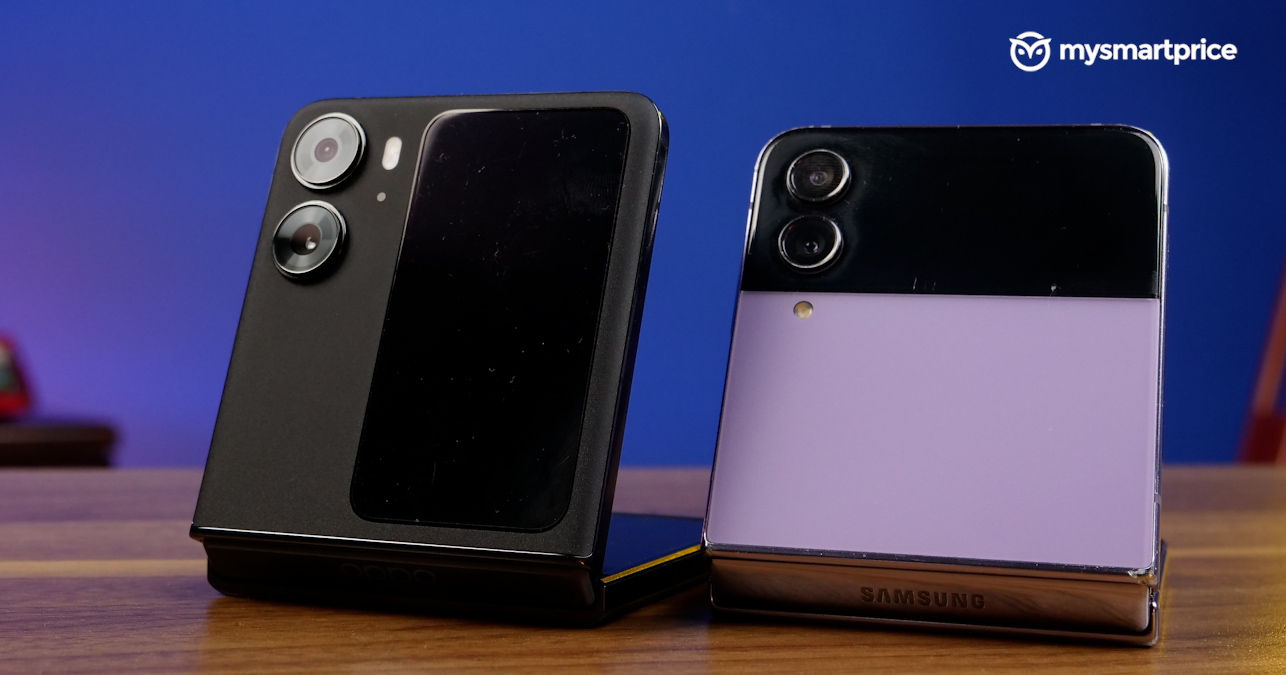 2023 has already seen the launch of five fine foldables, and two more are on their way very, very soon. Foldables are known to have insane price drops when their next generation comes out.
2023 has already seen the launch of five fine foldables, and two more are on their way very, very soon. Foldables are known to have insane price drops when their next generation comes out.
Take the Samsung Galaxy Z Flip 3, for example, it’s now selling for 50 grand, nearly 41% of its original value! The Z Fold 3 is still expensive, though, selling for about Rs 1.1 lakh, amounting to a 26% decrease.
That said, an ideal smartphone performs a delicately choreographed ballet of performance and user experience to keep you entertained. But it’s only a foldable that also has to do a full split to get a standing ovation.
Samsung Galaxy Z Flip5 and Galaxy Z Fold5 are set to launch globally on July 26 and will soon make their way to India. Stay tuned for our reviews.
